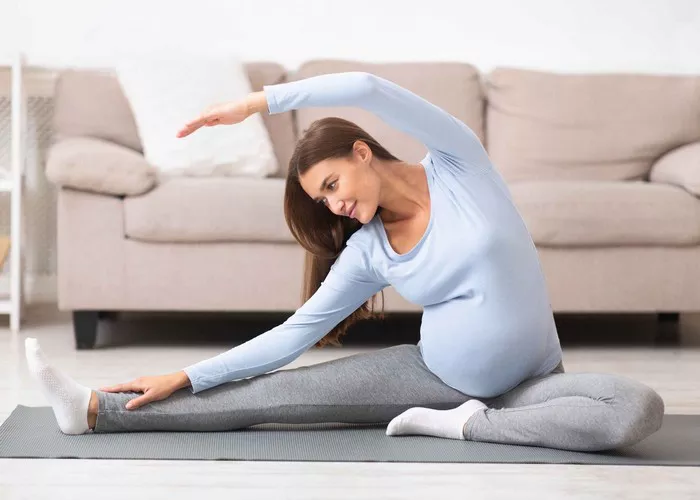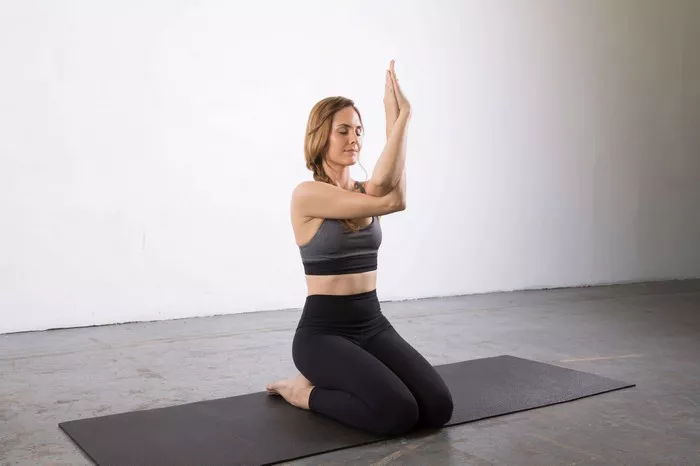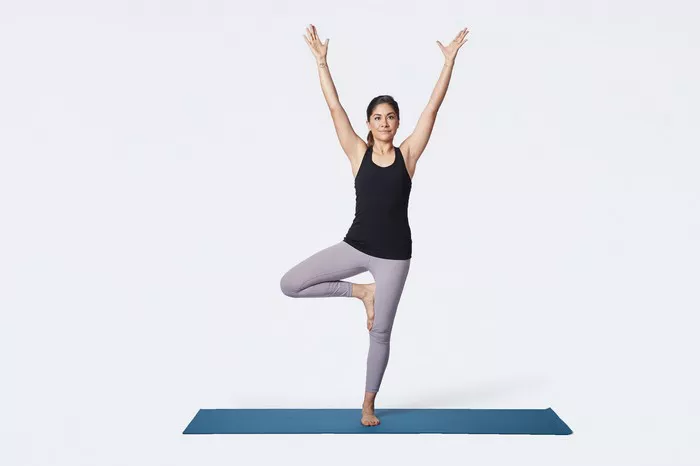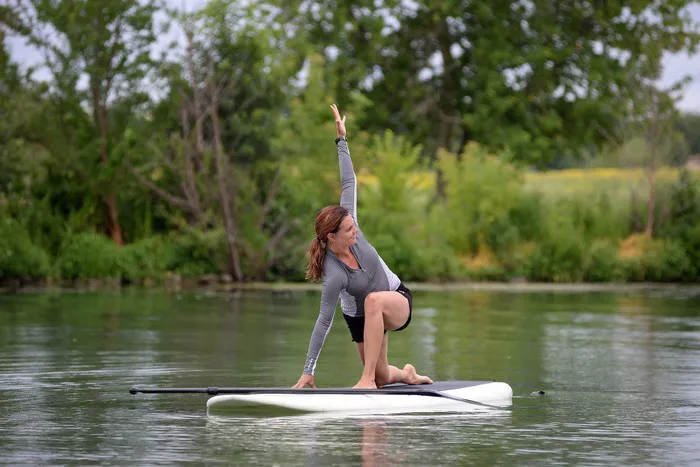Unlike traditional yoga practices, pregnancy yoga is tailored to accommodate the unique needs and limitations of expectant mothers. It focuses on gentle stretches, breathing techniques, and relaxation methods to promote physical comfort, mental calmness, and emotional balance throughout pregnancy.
Pregnancy yoga emphasizes mindfulness and body awareness, empowering women to connect with their changing bodies and growing babies. Additionally, it fosters a sense of community and support among expectant mothers, creating a nurturing environment for sharing experiences and insights.
Preparing for Home Practice
Creating a conducive environment for practicing pregnancy yoga at home is essential for maximizing its benefits. Here are some steps to prepare:
1. Designate a Space: Choose a quiet and clutter-free area where you can move freely without distractions. Ideally, this space should be well-ventilated and comfortable, with sufficient room for a yoga mat.
2. Gather Essential Props: While pregnancy yoga primarily relies on bodyweight exercises, having a few props can enhance your practice. Consider investing in a supportive yoga mat, cushions or bolsters for added comfort, and yoga blocks or straps for modifying poses as needed.
3. Set a Regular Schedule: Establishing a consistent yoga routine fosters discipline and ensures regular practice. Aim for a time of day when you feel most energized and relaxed, such as mornings or early evenings.
4. Consult with a Healthcare Provider: Before starting any exercise regimen during pregnancy, it’s crucial to consult with your healthcare provider to ensure it’s safe for you and your baby. Seek guidance on specific precautions or modifications based on your medical history and current health status.
With these preparations in place, you’re ready to embark on your journey of pregnancy yoga at home.
Pregnancy Yoga Exercises for Home Practice
The following pregnancy yoga exercises are designed to address common discomforts and promote overall well-being throughout each trimester:
1. Cat-Cow Stretch (Marjaryasana-Bitilasana): Begin on your hands and knees, with your wrists aligned under your shoulders and knees under your hips. Inhale as you arch your back, lifting your chest and tailbone towards the ceiling (Cow Pose). Exhale as you round your spine, tucking your chin to your chest and drawing your belly button towards your spine (Cat Pose). Repeat this gentle flowing movement for several breaths, synchronizing each movement with your breath.
2. Modified Downward-Facing Dog (Adho Mukha Svanasana): From a hands and knees position, walk your hands a few inches forward and spread your fingers wide. Tuck your toes under and lift your hips towards the ceiling, forming an inverted V shape with your body. Keep your knees bent and heels lifted if necessary to accommodate your growing belly. Hold this pose for several breaths, focusing on lengthening your spine and releasing tension in your upper body.
3. Supported Warrior II (Virabhadrasana II): Stand with your feet hip-width apart and extend your arms parallel to the floor, palms facing down. Step your right foot back and turn it slightly outward, aligning your right heel with the arch of your left foot. Bend your left knee, ensuring it stays directly over your ankle, while keeping your right leg straight and engaged. If balance is challenging, place a chair or sturdy surface next to you for support. Hold this pose for several breaths, then switch sides.
4. Seated Forward Bend (Paschimottanasana): Sit on the edge of a folded blanket or cushion with your legs extended in front of you. Flex your feet towards you and engage your quadriceps to protect your knees. Inhale to lengthen your spine, then exhale as you hinge forward from your hips, reaching towards your feet. Place your hands on your shins, ankles, or feet, depending on your flexibility. If reaching your feet is uncomfortable, use a yoga strap around your feet for support. Hold this pose for several breaths, focusing on releasing tension in your lower back and hamstrings.
5. Pelvic Floor Exercises (Kegels): Sit comfortably on a yoga mat or cushion with your spine tall and shoulders relaxed. Close your eyes and bring your awareness to your pelvic floor muscles, located between your tailbone and pubic bone. Inhale deeply, then exhale as you gently squeeze these muscles, imagining lifting them upward as if stopping the flow of urine. Hold the contraction for a few seconds, then release and relax. Repeat this exercise for 10-15 repetitions, gradually increasing the duration of each contraction as your strength improves.
6. Relaxation and Meditation: Finish your practice with a few minutes of relaxation and meditation to calm the mind and soothe the body. Lie down on your back in Corpse Pose (Shavasana), with your arms and legs comfortably spread apart and palms facing up. Close your eyes and focus on your breath, allowing each inhale to fill you with peace and each exhale to release tension and worry. Alternatively, you can practice guided meditation or visualization techniques tailored to pregnancy, such as envisioning a serene natural setting or connecting with your baby.
Conclusion
Pregnancy yoga offers a holistic approach to supporting the physical, mental, and emotional well-being of expectant mothers. By practicing yoga at home, women can enjoy the flexibility and convenience of tailoring their practice to suit their individual needs and preferences. With proper guidance and preparation, pregnancy yoga becomes not only a form of exercise but also a source of empowerment and connection throughout the transformative journey of pregnancy.
Remember to listen to your body, honor its limitations, and always prioritize safety and comfort above all else. By incorporating pregnancy yoga into your daily routine, you can cultivate a sense of balance, strength, and inner peace that nourishes both you and your growing baby.



















